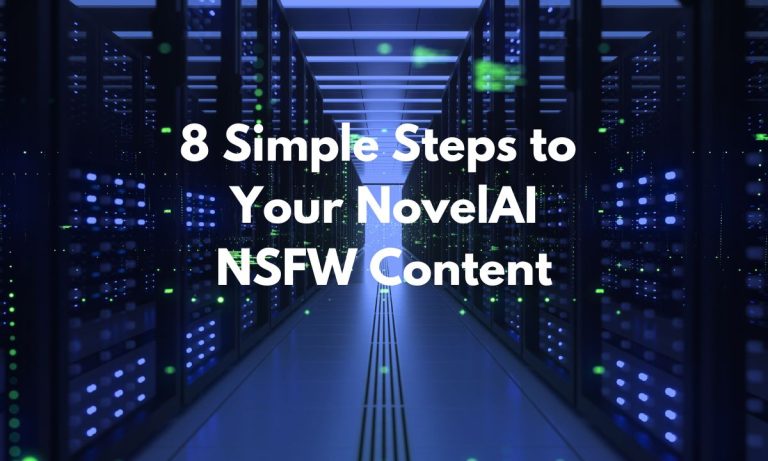Microsoft Project Rumi (Revolutionizing Human-AI Interaction with Paralinguisatic Understanding)
In the ever-evolving landscape of artificial intelligence (AI), Microsoft has unveiled a groundbreaking innovation that promises to reshape the way we engage with large language models. Dubbed “Project Rumi,” this remarkable endeavor marks a significant leap forward in AI technology, setting it apart from previous efforts by leading research teams.
While interactions with AI have traditionally been text-based, Project Rumi introduces a transformative dimension by enabling AI to discern underlying emotions and attitudes through paralinguistic cues. This article delves into the intricacies of Microsoft’s Project Rumi, its implications, and the broader context of Microsoft’s pioneering contributions to the field of AI.

What Project Rumi can tell us about AI interaction in the future?
Unveiling Paralinguistic Sensitivity
Project Rumi represents an innovative large language model (LLM) AI that transcends the confines of textual input. Unlike conventional AI interactions that rely solely on text-based prompts and responses, Project Rumi delves into the realm of paralinguistic cues.
Paralinguistics, the study of non-verbal communication elements such as tone, pitch, volume, and facial expressions, imparts valuable insights into emotions, intentions, and context.
Microsoft’s Project Rumi integrates this paralinguistic input into interactions, enabling the AI to discern user attitudes, emotions, and nuances that traditional text-based models often miss.
The Mechanism Behind Project Rumi
At the core of Project Rumi’s functionality lies its ability to access a device’s microphone and camera, with user consent, to capture non-verbal cues during interactions. By analyzing facial expressions, voice tone, gestures, and eye movements, the AI model gains a comprehensive understanding of the user’s emotional state and attitude.
This multimodal approach allows Project Rumi to craft responses that align with the user’s emotional context, transcending the limitations of conventional text-based AI interactions.
Microsoft’s AI Advancement Commitment
Elevating AI to Human Sensitivity
Project Rumi emerges as a solution to the persistent limitations of existing AI models in comprehending the subtleties of human communication. Traditional AI interactions often fall short of accurately capturing the nuances of human expression, leading to responses that feel artificial and detached.
By bridging the gap between paralinguistic cues and AI comprehension, Project Rumi brings AI systems closer to understanding the emotional and contextual intricacies inherent in human communication.
Microsoft’s AI Portfolio: A Spectrum of Innovation
Project Rumi is a testament to Microsoft’s unwavering dedication to advancing AI technology across diverse domains. From the impressive Orca 13B AI language model, offered as an open-source initiative, to the creative AI endeavors like DeepRapper for music generation, Microsoft’s AI initiatives span a spectrum of applications.
Noteworthy collaborations such as the partnership with Meta for Llama 2, a massive LLM with 70 billion parameters, further underscore Microsoft’s commitment to pushing AI’s boundaries.
Enhancing human-AI interactions through Project Rumi
Leveraging Paralinguistics for Deeper Understanding
The integration of paralinguistic cues into AI interactions, as exemplified by Project Rumi, heralds a new era of human-AI interaction. No longer confined to textual prompts, AI models gain the ability to decipher emotional states, intentions, and social contexts, mirroring the sophistication of human communication.
This development promises more nuanced, relevant, and empathetic responses, bridging the gap between AI and human understanding.
Applications and Potential
The implications of Project Rumi’s paralinguistic understanding are far-reaching. Conversational agents equipped with this capability can adapt their responses to user moods, personalities, and preferences, creating more engaging and personalized interactions.
Project Rumi can also empower AI-driven applications in therapy, customer service, and education, where emotional context plays a pivotal role. The AI’s ability to perceive emotional nuances opens doors to innovative applications that rely on nuanced communication.
Microsoft’s Journey to Paralinguistic Integration
Vision and Audio-Based Models
Project Rumi’s implementation involves the synergy of separately trained vision and audio-based models. These models work in tandem to detect and analyze non-verbal cues in real-time data streams.
Sentiment analysis from cognitive and physiological data contributes to generating paralinguistic tokens, which enrich the standard lexical prompts given to LLMs. This multimodal architecture seamlessly integrates with existing LLMs, augmenting text-based prompts with the depth of human communication.
The Fine-Tuning Process
The development of Project Rumi necessitates a fine-tuning process, where data is converted into a user-agent chat-style conversation format. Standard instruction fine-tuning is performed on the base LLaMA-7B model, facilitating the incorporation of paralinguistic input into AI interactions.
This meticulous fine-tuning process ensures that Project Rumi accurately captures and responds to the nuanced cues provided by users.
Pioneering the future with Microsoft’s AI ecosystem
Democratizing AI Innovation
Microsoft’s AI initiatives extend beyond Project Rumi, reflecting a commitment to democratizing AI innovation. Models like Phi-1, capable of mastering complex Python code, and LongMem, offering unlimited context length, exemplify the company’s dedication to pushing AI’s capabilities.
Microsoft’s investments in open-source projects like Orca 13B and collaborations with Meta for Llama 2 underscore its role as a driving force in AI advancement.
Unlocking Creative Frontiers
Microsoft’s foray into creative AI, epitomized by DeepRapper, signifies a multifaceted approach to AI’s potential. The company’s portfolio spans diverse applications, from space visualization with Kosmos-2 to the development of AI music generation models.
These creative endeavors not only showcase AI’s versatility but also reinforce Microsoft’s mission to transform industries and make AI accessible to all.
Conclusion
Microsoft’s Project Rumi stands as a pioneering achievement that reshapes the landscape of AI interactions. By infusing AI models with the ability to comprehend paralinguistic cues, Microsoft bridges the gap between human communication and AI understanding.
Project Rumi’s implications extend beyond text-based responses, promising more empathetic, personalized, and contextually rich interactions.
As Microsoft continues to invest in groundbreaking AI research, the boundaries of technology are pushed, leading us into a future where AI not only understands our words but also resonates with our emotions and intentions.






